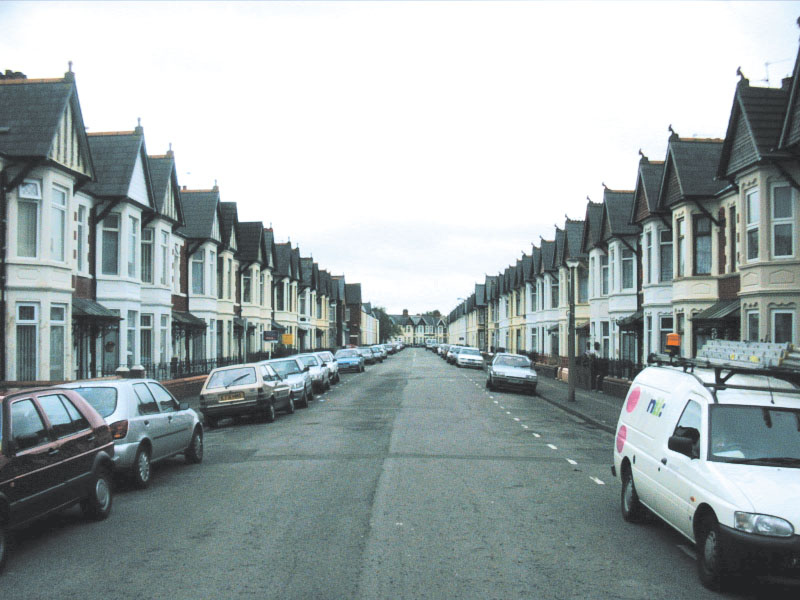The biggest gap between housing supply and demand has been recorded in the first-time buyers sector of the market, according to the latest analysis from property website Rightmove. Enquiries for properties with two or fewer bedrooms, which are typically sought for by first-time buyers, widely outstripped the number of available properties in June, the research shows. […]
The biggest gap between housing supply and demand has been recorded in the first-time buyers sector of the market, according to the latest analysis from property website Rightmove.
 Enquiries for properties with two or fewer bedrooms, which are typically sought for by first-time buyers, widely outstripped the number of available properties in June, the research shows.
Enquiries for properties with two or fewer bedrooms, which are typically sought for by first-time buyers, widely outstripped the number of available properties in June, the research shows.
While supply-and-demand dynamics vary in different parts of the country, the overall picture is that properties with two or fewer bedrooms have the highest number of enquiries per property. In June, the demand for such properties was 24 per cent higher than for homes with three or more bedrooms. Demand for smaller properties is driven not only by first-time buyers, but also downsizers and buy-to-let investors. The quandary for developers is how to deliver more homes into this sector when building larger homes may deliver greater profit margins and attract buyers with less stretched affordability.
Meanwhile, the prices of properties coming to the market have risen to a new high for the second consecutive month. The average new seller asking price is now £294,542, up by 0.1 percentage point on May. Given the lack of supply, the increase seems modest, but that is likely to be due to the seasonal summer slowdown, and buyers’ constraints in affording very high prices. This latest development is another sign of the acute need for more new build homes, Rightmove stresses.
Miles Shipside, Rightmove director and housing market analyst comments:
“Another month, and another record high in the price of property coming to market. While the monthly increase is very modest, the same period a year ago saw a monthly fall of 0.6% which is more the norm given the onset of the summer holiday season. However, given the widely acknowledged supply crisis and a sharp drop in new seller numbers this month compared to this time last year, it is somewhat surprising that the rate of increase has slowed to such an extent. Recent government announcements including relaxing residential planning requirements on brownfield land are an important part of the mix in improving affordability if they follow through to cheaper land prices.
“The greatest mismatch between demand and supply is at the lower end of the property ladder, as no doubt many buyers in this category would like to afford to buy a larger home, but have had to accept that it is out of their reach and downsize their aspirations to increase their chances of a successful purchase. The forthcoming extra tax burdens on buy-to-let investors may help to tip the balance in favour of first-time buyers, but the consequent drop in rental property supply could push up rents.
“More supply of affordable starter homes for the growing demand from both renters and buyers is required, which means more new build for both sectors to meet the country’s current and future housing needs. The challenge for government, planners and developers is how best to ensure the right properties are built in the right locations and at more affordable prices. This will however depend on addressing capacity constraints in the building industry, the price of land for housing, the consistency of funding for key players in the construction sector and the overall stability of the housing market and the wider economy.”














